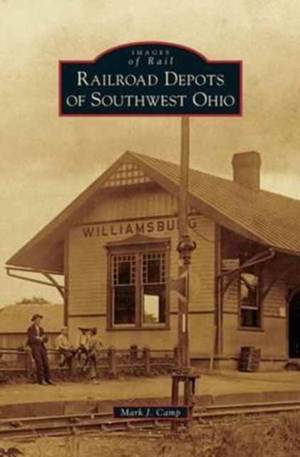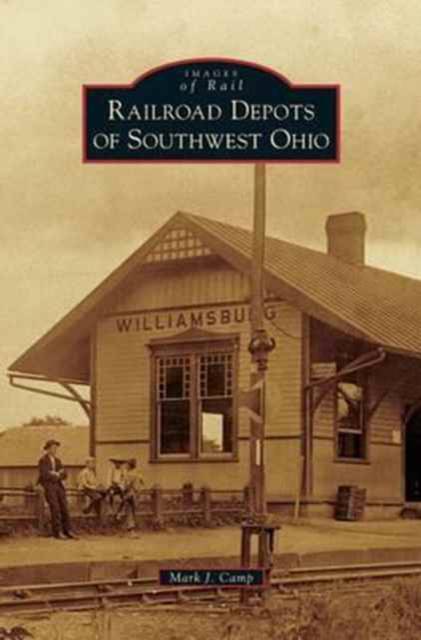
- Afhalen na 1 uur in een winkel met voorraad
- Gratis thuislevering in België vanaf € 30
- Ruim aanbod met 7 miljoen producten
- Afhalen na 1 uur in een winkel met voorraad
- Gratis thuislevering in België vanaf € 30
- Ruim aanbod met 7 miljoen producten
Zoeken
Omschrijving
Springfield was the original destination of the two oldest railroad companies to lay rails in Ohio, the Mad River and Lake Erie Railroad and the Little Miami Railroad. This would form the first rail link between Lake Erie and the Ohio River. Other routes became more important as rails eventually spread like spokes of a wheel from Cincinnati, and connections were made to Akron, Chicago, Cleveland, Columbus, Dayton, Indianapolis, Lexington, Louisville, Marietta, Pittsburgh, St. Louis, and Toledo as well as many other cities by the late 1800s. Hundreds of depots were erected to serve train travelers, ranging from the smallest shelter to the standard combined passenger-freight building to the major city passenger terminal. Cincinnati, Dayton, and Springfield became railroad centers, and towns like Blanchester, Hamilton, Loveland, Middletown, Morrow, Wilmington, and Xenia, served by more than one line, became busy transfer points. With the decline of rail passenger service, depots became unnecessary many were demolished. Railroad Depots of Southwest Ohio presents a pictorial look at a sampling of these grand structures when they were in their prime."
Specificaties
Betrokkenen
- Auteur(s):
- Uitgeverij:
Inhoud
- Aantal bladzijden:
- 130
- Taal:
- Engels
Eigenschappen
- Productcode (EAN):
- 9781531656058
- Verschijningsdatum:
- 14/07/2010
- Uitvoering:
- Hardcover
- Formaat:
- Genaaid
- Afmetingen:
- 170 mm x 244 mm
- Gewicht:
- 412 g

Alleen bij Standaard Boekhandel
+ 88 punten op je klantenkaart van Standaard Boekhandel
Beoordelingen
We publiceren alleen reviews die voldoen aan de voorwaarden voor reviews. Bekijk onze voorwaarden voor reviews.











